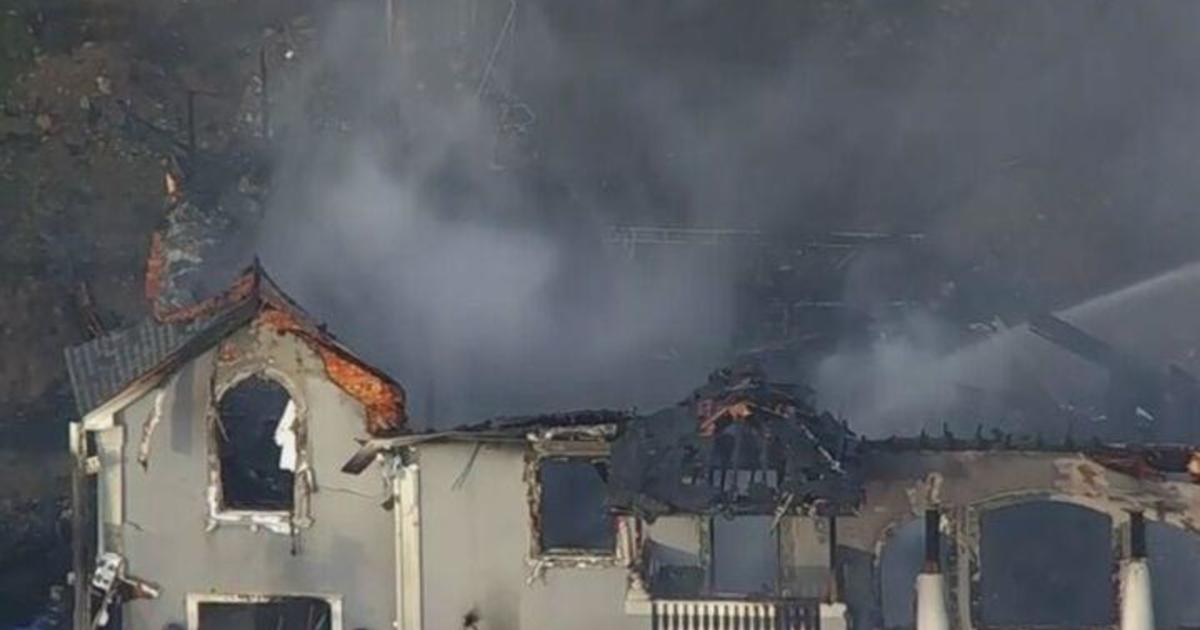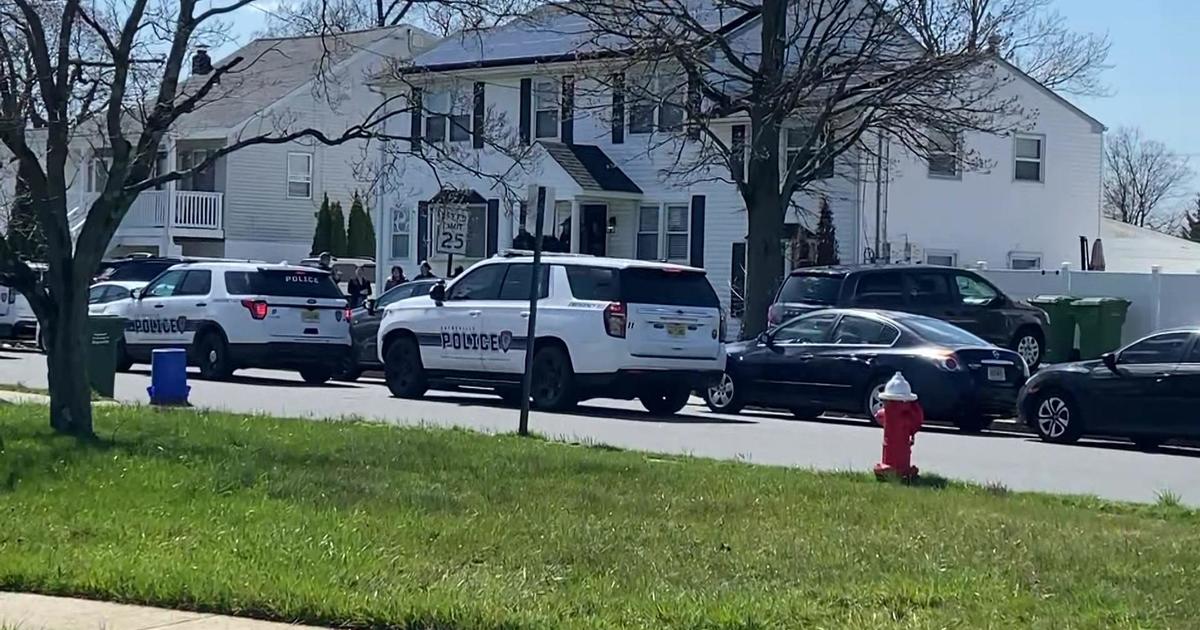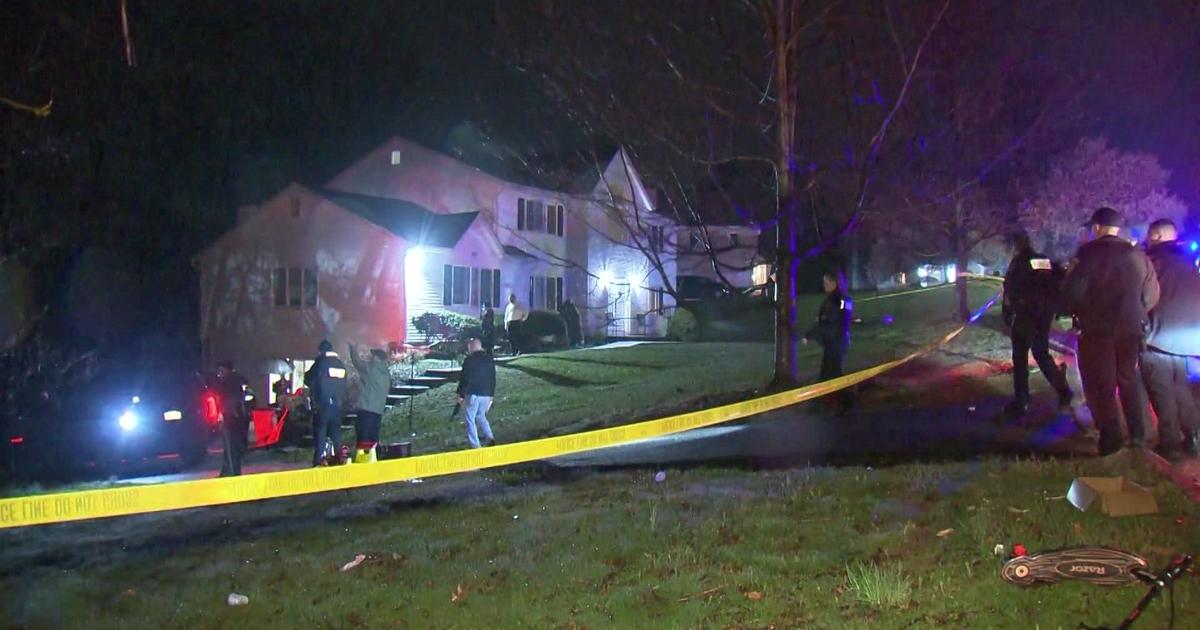Dangerous Blue-Green Algae Turn Long Island Waterways Toxic
SOUTHAMPTON, N.Y. (CBSNewYork) -- Out of control algae have become a serious problem in Suffolk County, and experts said the build-up has turned some of the waterways toxic.
As CBS 2's Jennifer McLogan reported Tuesday, it was not fun on a humid summer day to hear a warning to "stay away from the water" from Suffolk County health officials. But officials had to issue the warning at several lakes and ponds in Southampton, which have been left with high levels of toxins from blue-green algae.
Heat and stagnant water contributed to the outbreaks of the blue-green algae – actually single-celled organisms called cyanobacteria or cyanophytes – which are known to be dangerous to humans and animals.
"If the water is any suspicious green color, I would say stay away. You don't want to put yourself at risk," said professor Christopher Gobler of the Stony Brook University School of Marine and Atmospheric Sciences. "And again, if you have pets, definitely keep them away as well."
The findings of high cyanobacteria levels were confirmed by Gobler's research. He said toxins from the organisms can cause gastrointestinal upset and allergic reactions in people and pets.
Besides Agawam Lake, Wickapogue Pond in Southampton Village and Mill Pond in Water Mill have all tested positive.
"I have my 4-year-old, and I don't want her to run around by the water – especially, and also, we have a dog," said Southampton parent Camilla Lundengard.
In fact, in 2012, a Jack Russell terrier was poisoned from drinking out of Georgica Pond in East Hampton. At the time, the pond was full of blue-green algal blooms, which turn the water murky green – filling it with nitrogen and phosphorus.
Water fowl have also died, according to officials.
What is to blame? The causes include overbuilding; and pesticides and fertilizers from lawns, golf courses, and farms; and animal and human waste runoff. New septic and sewage standards have been put into place in Suffolk County.
"You go into the Suffolk County Health Department, and they make you upgrade the sewage disposal," said Southampton contractor Joseph Sanchez.
Water quality testing continues in the bays and estuaries.
Meanwhile, scientists said although brown tide in seawater is now waning here, indications are an uptick of rust tide is expected on the East End next month -- which could make local shellfish hazardous to eat.
Brown tide, and red or "rust" tide, can also be lethal to pets, fish and shellfish.
Check Out These Other Stories From CBSNewYork.com:



